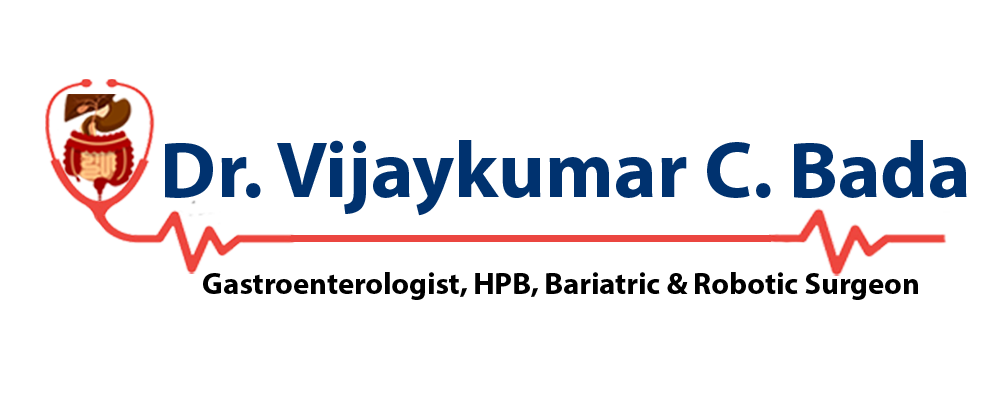Which size of Gallbladder stone is dangerous?

Introduction
Gallstones, also known as cholelithiasis, are a common condition affecting millions of people worldwide. These small, hard deposits form inside the gallbladder, which is a small organ located beneath the liver. It can cause a range of symptoms, from mild discomfort to severe pain and complications. One of the crucial factors that determine the severity of symptoms and the risk of complications is the size of the gallbladder stone.
Understanding the risks associated with different size of gallbladder stone can help individuals make informed decisions about their healthcare.
What are Gallstones?
Gallstones are hard, pebble-like pieces of material. Gallstones are typically composed of either cholesterol or bilirubin and develop in the gallbladder. These stones can vary in size from tiny grains of sand to as large as a golf ball. It is possible for the gallbladder to produce a single large gallstone, numerous small stones, or a combination of both small and large stones.
What are the different Gallbladder sizes?
Larger the gallbladder stone, the lower the likelihood that it can be passed out of the gallbladder into the common bile duct. Thus, it will not cause the complications of jaundice or pancreatitis associated with gallstones.
According to research, there could be a link between the size of gallstones and the development of gallbladder cancer. However, it’s worth noting that the majority of patients diagnosed with gallbladder cancer also have gallstones. This could be attributed, at least in part, to the inflammatory reaction of the organ to the presence of the stone.
While the size of a gallstone is a factor to consider, it is not as significant as determining whether or not the stone is causing symptoms. Typically, surgical removal of the gallbladder is only necessary when gallstones are symptomatic, regardless of their size.
Risks Associated with Different Sizes of Gallbladder Stones
The gallstones vary among different ethnic groups. Research shows that the growth rate of gallstones in younger patients ranges from 2.0 gallstone size risk in mm per year with an interval of 1.7-2.3 mm. It is consistent across all populations. Over time, both Indian and non-Indian populations exhibit a decrease in the proportion of small gallstones and an increase in the proportion of larger stones.
A significant correlation between the size of gallbladder stone and the development of gallbladder cancer is there. Patients with gallbladder cancer were found to have a higher percentage of large stones. 40% of them had these stones, while only 12% of all individuals of similar age had them. Those with stones greater than or equal to 3 cm have a relative risk of 9.2 for developing gallbladder cancer compared to those with stones less than 1 cm.
It is estimated that one-third of all gallbladder cancer cases in individuals with gallstones will be linked to large stones. It is possible to determine the risk of gallbladder cancer in patients with gallstones based on the size of gallbladder stone.

Treatment Options for Gallbladder Stones
Have Any Question?
Are you looking for a Solution for your problem? You can call us or just drop your question here.
If you don’t experience symptoms, treatment for gallstones may not be necessary. Smaller gallstones may pass out of the body on their own. But, most people with gallstones opt to have their gallbladders removed. Two procedures are used by doctors for this purpose.
Laparoscopic cholecystectomy
The first procedure is called laparoscopic cholecystectomy. During this procedure, the surgeon makes tiny incisions and inserts a laparoscope into your belly. The laparoscope contains a light and a camera that allow the surgeon to view your gallbladder. They then remove the gallbladder stone through another small incision using specialized tools.
Open cholecystectomy
The second procedure is called open cholecystectomy. In this procedure, the doctor makes larger incisions in your belly to remove your gallbladder stone size for surgery. Patients usually need to stay in the hospital for a few days after the surgery. Open cholecystectomy is required for patients with severe gallbladder disease. It is for those who are very overweight, or those in the final trimester of pregnancy. It is also necessary for patients with bleeding disorders.
Both procedures are performed under general anesthesia. It means that the patient is not conscious during the surgery. If gallstones are present in the bile ducts, the doctor may remove them using a procedure called ERCP either before or during the surgery.
If surgery is not an option due to another medical condition, the doctor may prescribe medication such as Chenodiol or Ursodiol to dissolve cholesterol stones. But, this treatment can cause mild diarrhoea, and the stones may recur after the patient stops taking the medication.
Conclusion
Making certain lifestyle changes can help reduce your chances of developing gallstones. Consuming a healthy diet that includes high-fiber foods and healthy fats like fish oil and olive oil. Avoid foods high in refined carbs, sugar, and unhealthy fats. Exercise regularly, aiming for at least 30 minutes of physical activity, five days a week. Although obesity is a risk factor, it’s advisable to avoid diets that promote rapid weight loss. Women with a high risk of gallstones, due to factors such as a family history or other health conditions, should consult with their doctor regarding the use of hormonal birth control.
Stay Connected with
Dr. Vijaykumar C. Bada

Dr. Vijaykumar C. Bada is the best Gastroenterologist in Hyderabad city of Telangana.
- Flexible Appointments & Urgent Care
Dr. Vijaykumar C. Gastroenterologist
Design & Developed by Pointofviewer
Copyright © 2021. All rights reserved.
